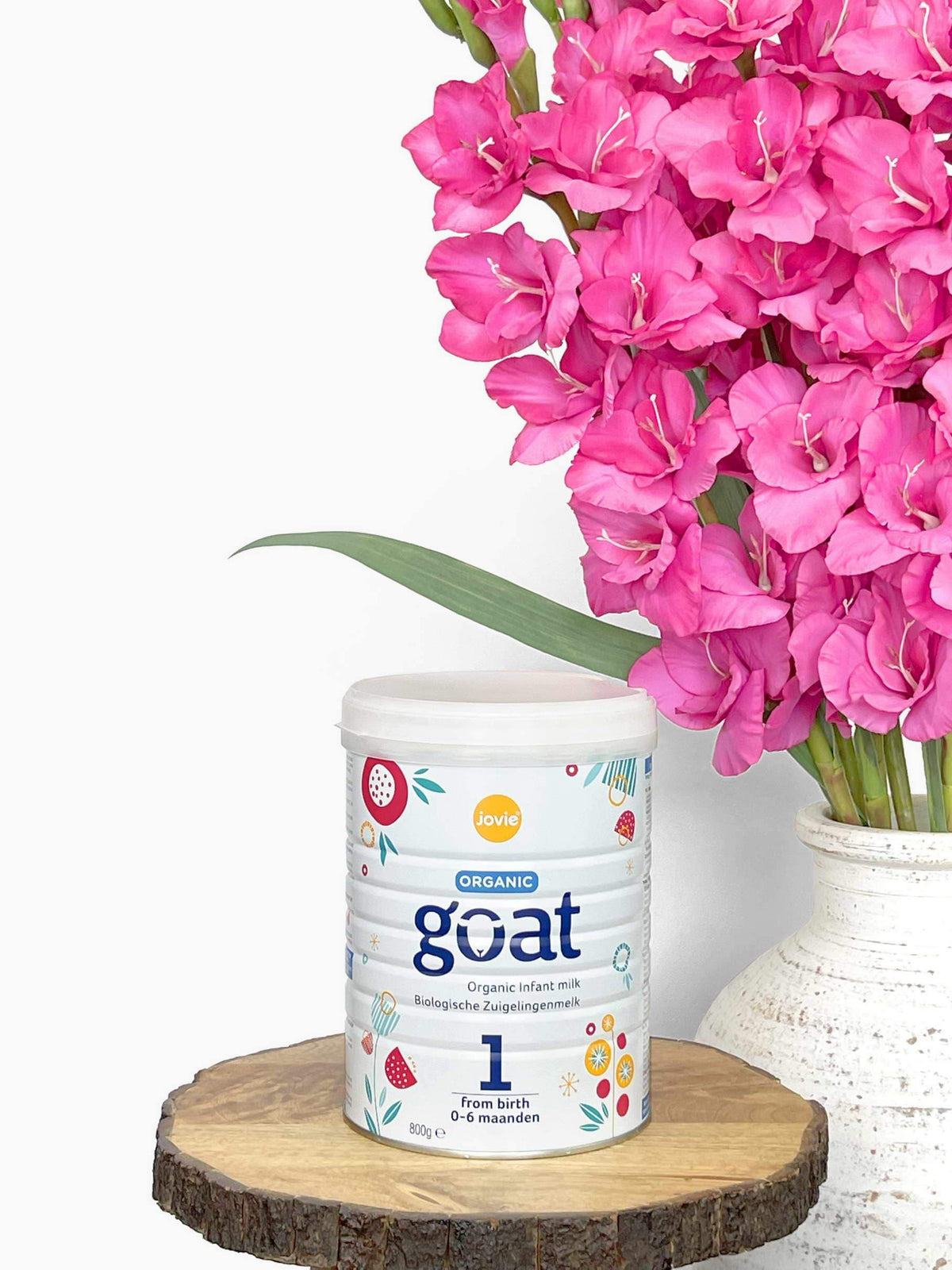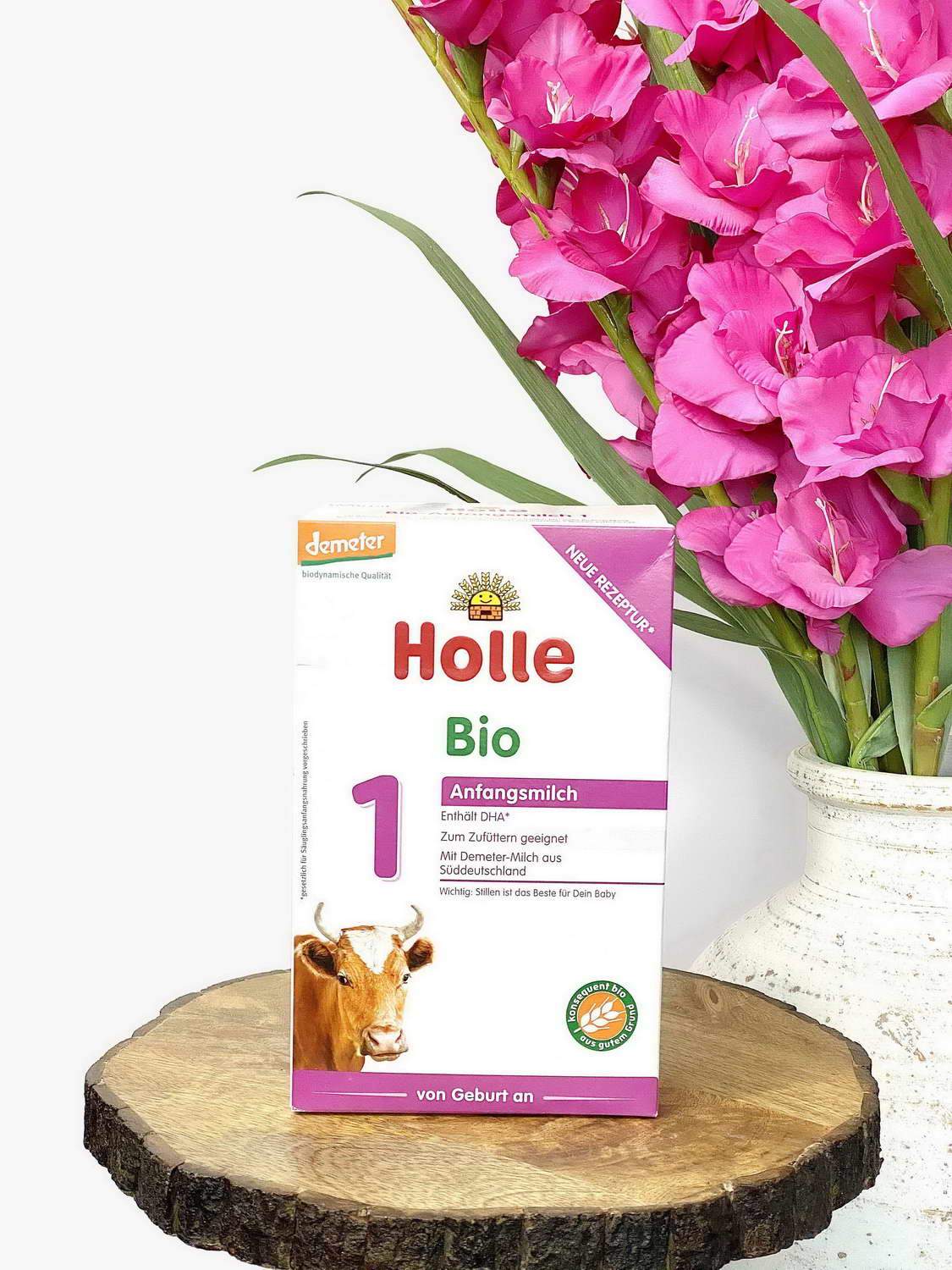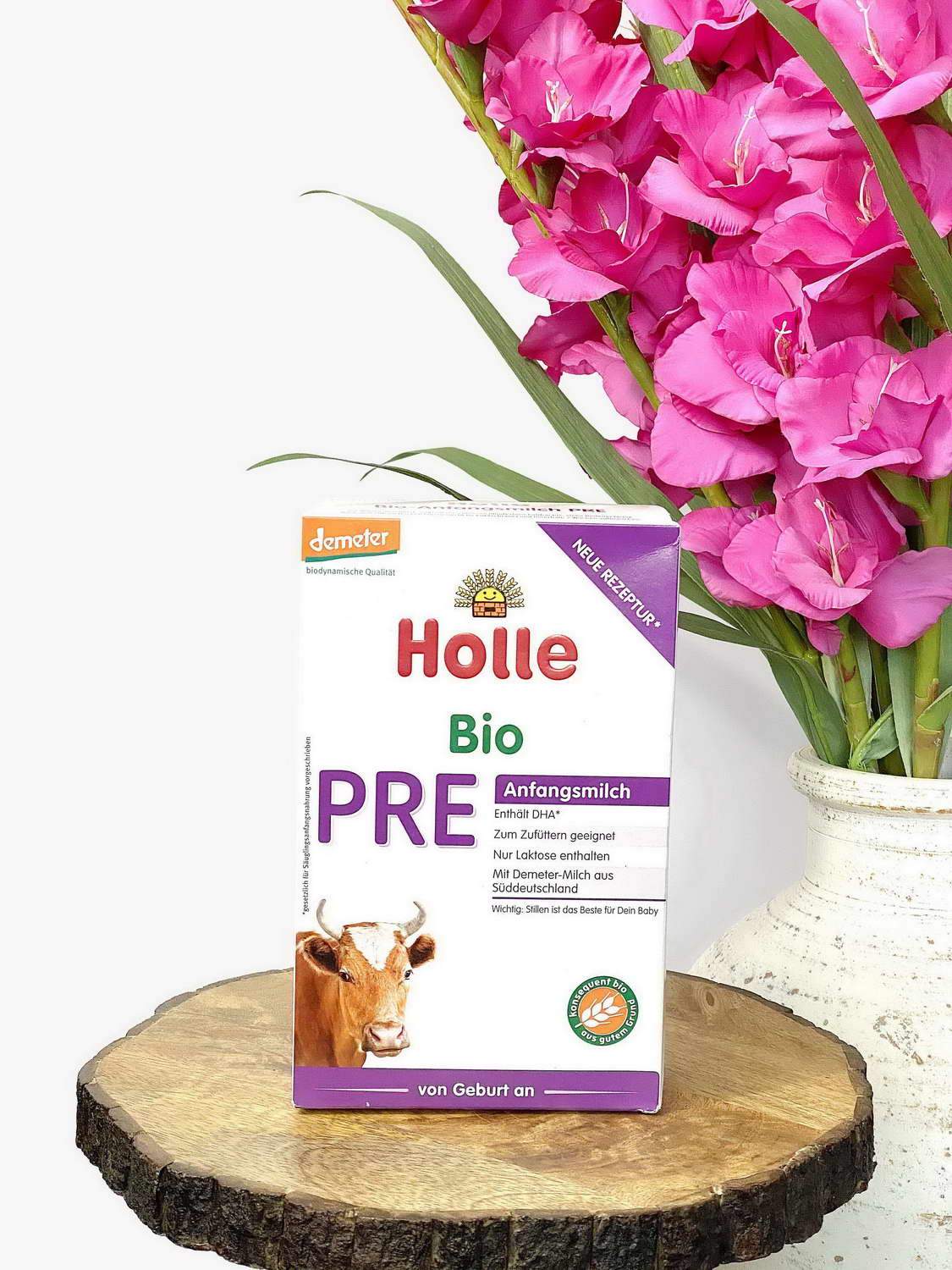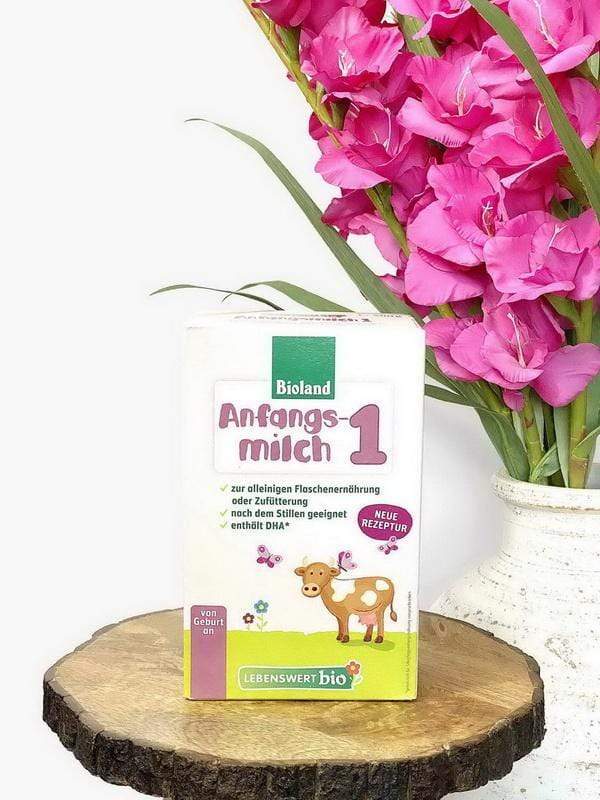Oftentimes formulas will have bubbles and foam. But is this a bad thing? Too much foam can be bad and mothers may be wary if they see this.
Typically, processed American formulas will have too much foam, causing digestion issues in babies. Why is this? Simply put, the bubbles in formula are air, and the additional air can hinder your child's digestion.













